Last October we organized a nature weekend on the Island of Ventotene together with friends from the Photosophia club of Rome, in the company of our ornithologist and local expert Andrea Senese and the photographer Silvio Mencarelli.
Far from the summer overcrowding, we were able to immerse ourselves completely in the island’s nature, immortalizing breathtaking scenery and life forms linked to the environments of cliffs, Mediterranean scrub and cultivated fields.
Villa Giulia. Photo by Andrea Senese.

Ventotene village. Photo by Patrizia Ferrazzi.

DAY 1
As soon as we arrive on the island, we cross the small urban center with its pastel-colored houses dating back to the Bourbon period to arrive at “Le Parracine”, a b&b perfectly insered into the island landscape.
Here the participants, “armed” with cameras and lenses of all kinds, begin to become familiar with the biodiversity of the place, starting to portray flowers and pollinators that crowd the garden of the accommodation.
Old World Swallowtail. Photo by Andrea Senese.
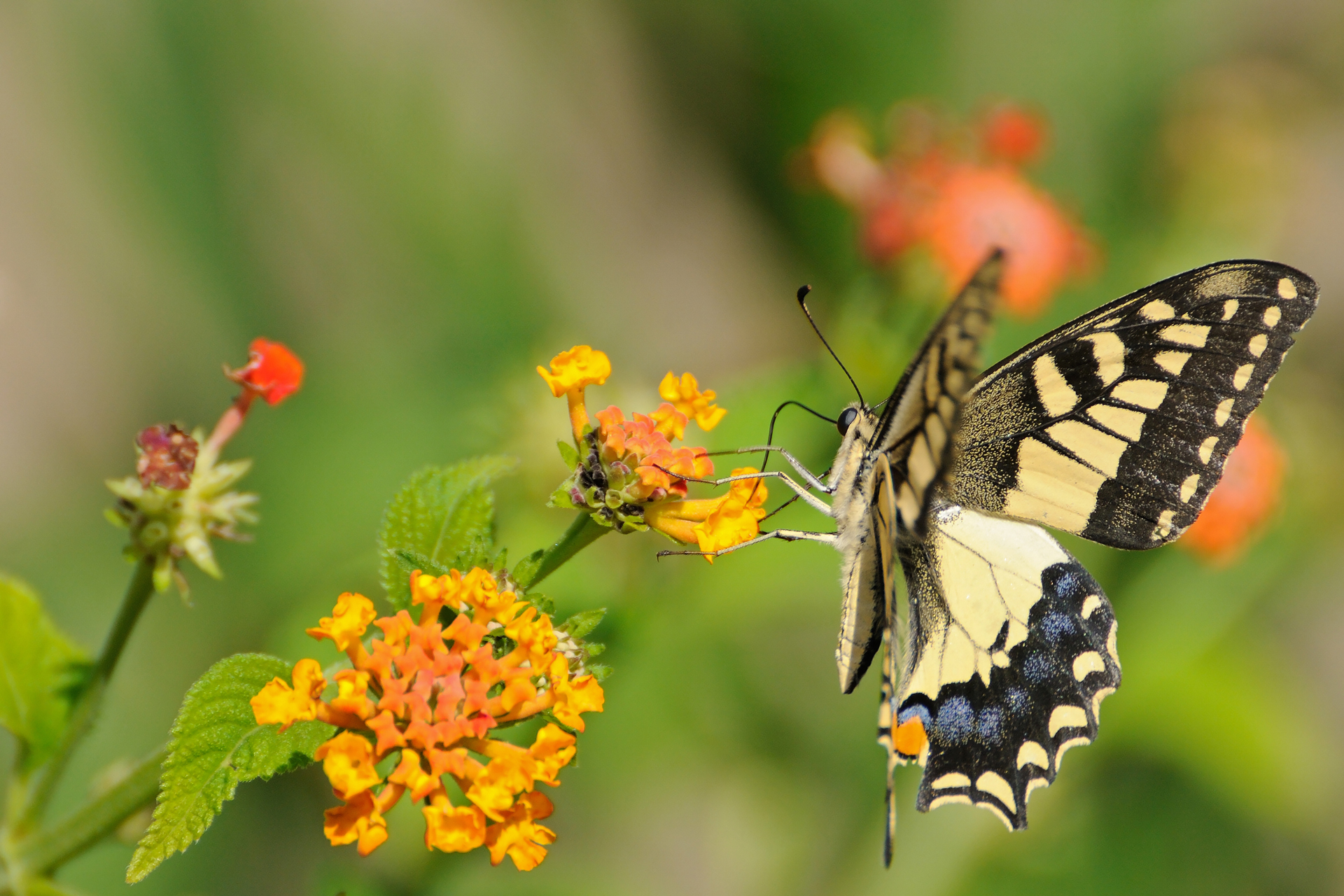

After lunch we move to the port, where Francesco awaits us for a tour of the island with his “Destriero Ventotene”.
We begin the exploration by sea along Punta Eolo: while we admire the ruins of Villa Giulia from below, we see three birds resting on the nearby basalt rocks. They are European Shags (Phalacrocorax aristotelis) and, thanks to the plumage, we recognize two adults and a juvenile. We decide not to get too close to the rocks, so as not to disturb the birds’ rest, while at the same time managing to take many photos.
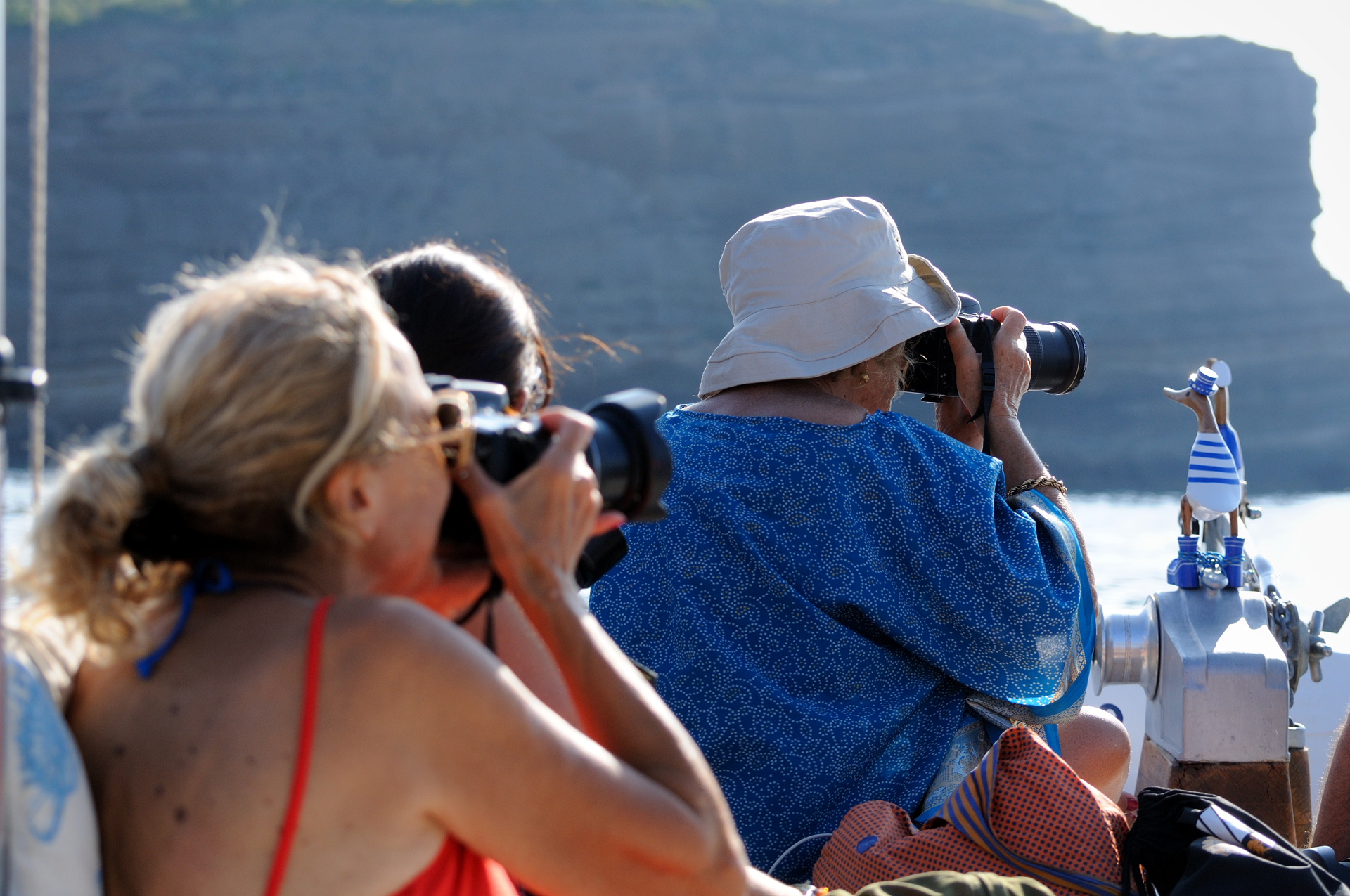
European Shags. Photo by Andrea Senese.

European Shags. Photo by Marcello Pellegrini.

The tour continues towards Punta dell’Arco and the amazing stratigraphies testifying to the different volcanic phases that have shaped the island.
In addition to the Peregrine Falcon (Falco peregrinus) and the Blue Rock Thrush (Monticola solitarius), species linked to the cliff environment, we spot many stop overin herons: Little Egrets (Egretta garzetta), Cattle Egrets (Bubulcus ibis) and a Grey Heron (Ardea cinerea).
Stratigraphy. Photo by Andrea Senese.

Cattle Egrets. Photo by Marcello Pellegrini.
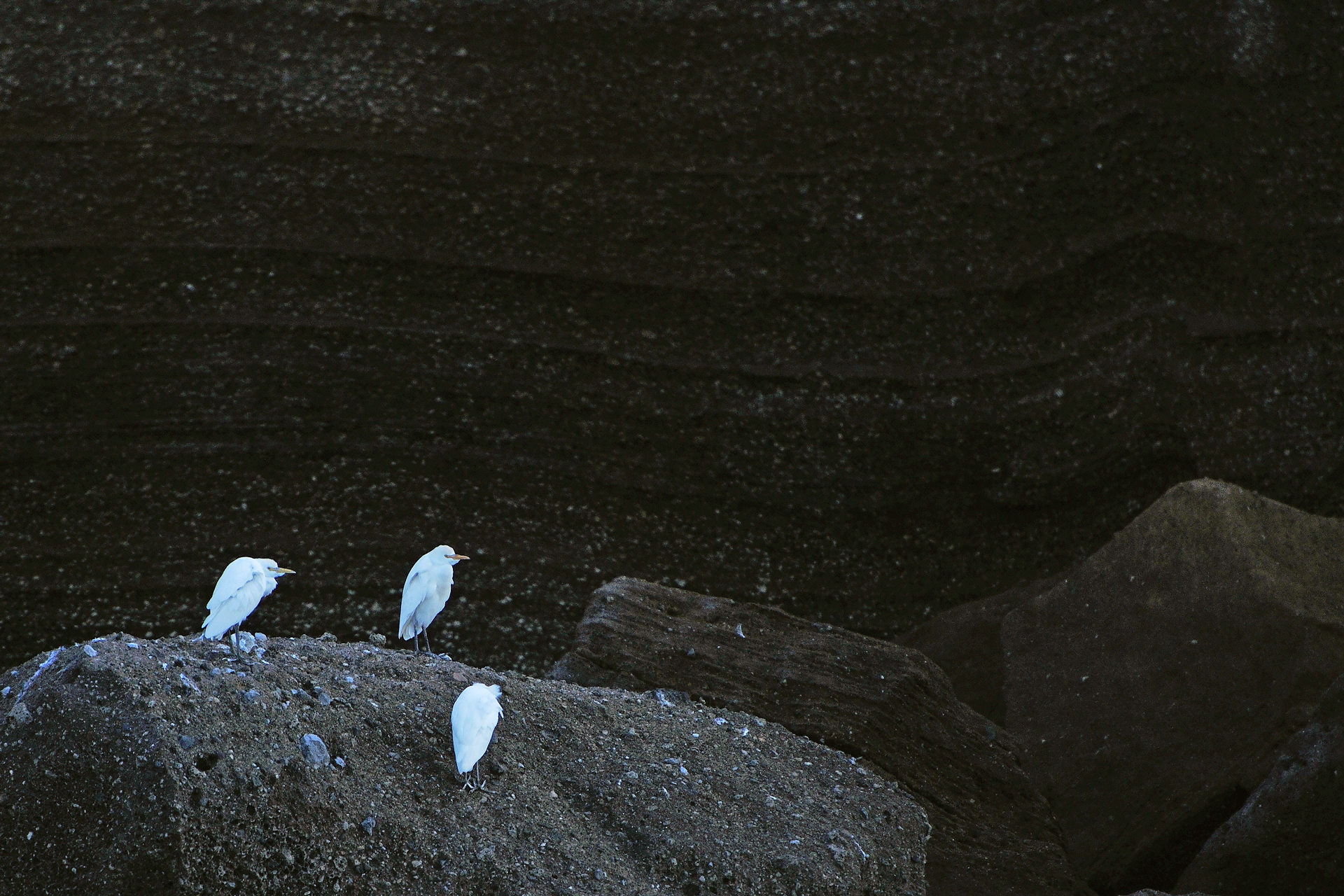
Grey Heron. Photo by Marcello Pellegrini.

After a quick view of Santo Stefano, we return to the island to enjoy the sunset on Parata Grande. The sun gives us goodbye disappearing behind the islands of Ponza and Zannone, while further away we distinguish the Circeo promontory and the Aurunci Mountains.
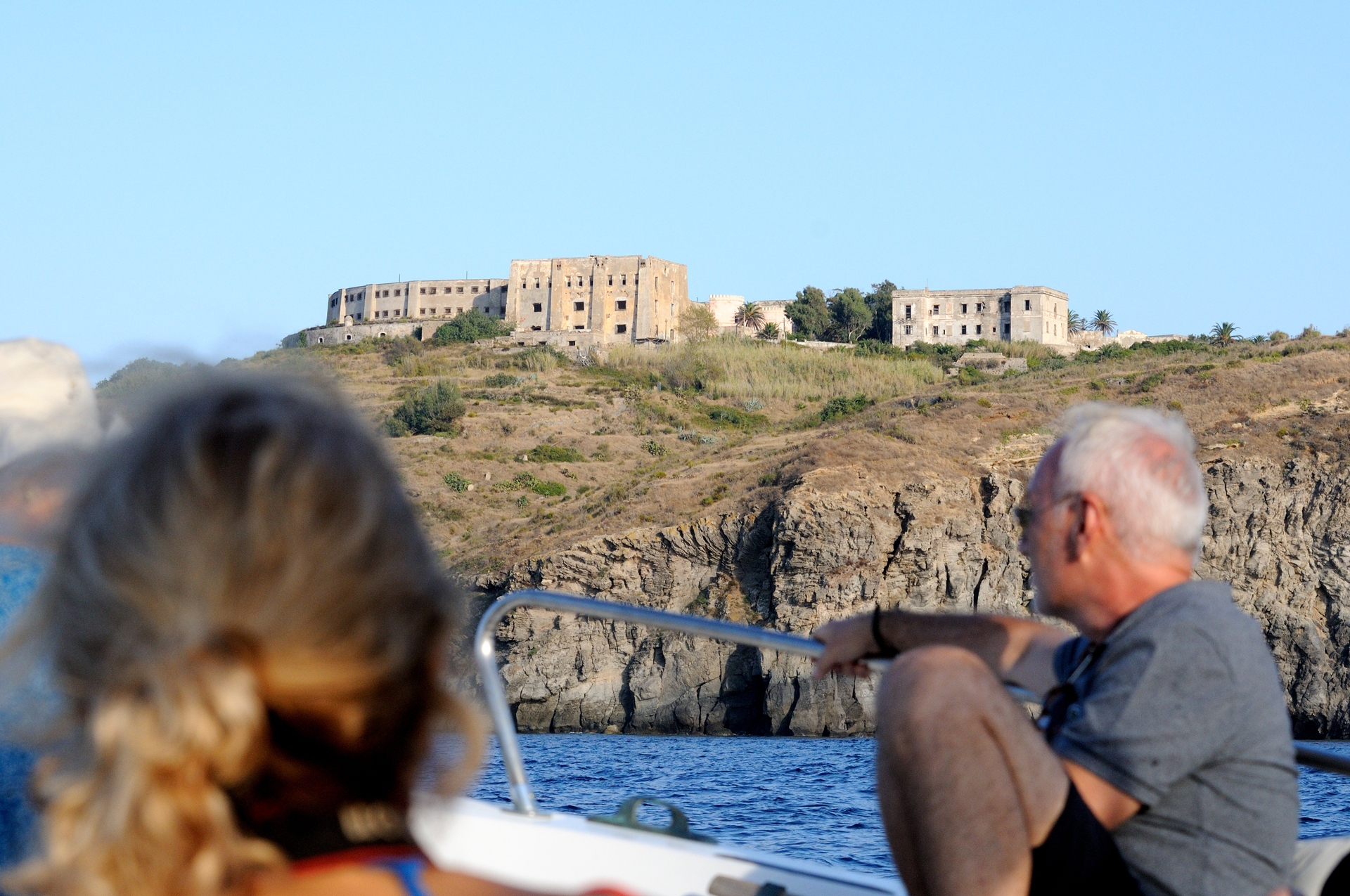
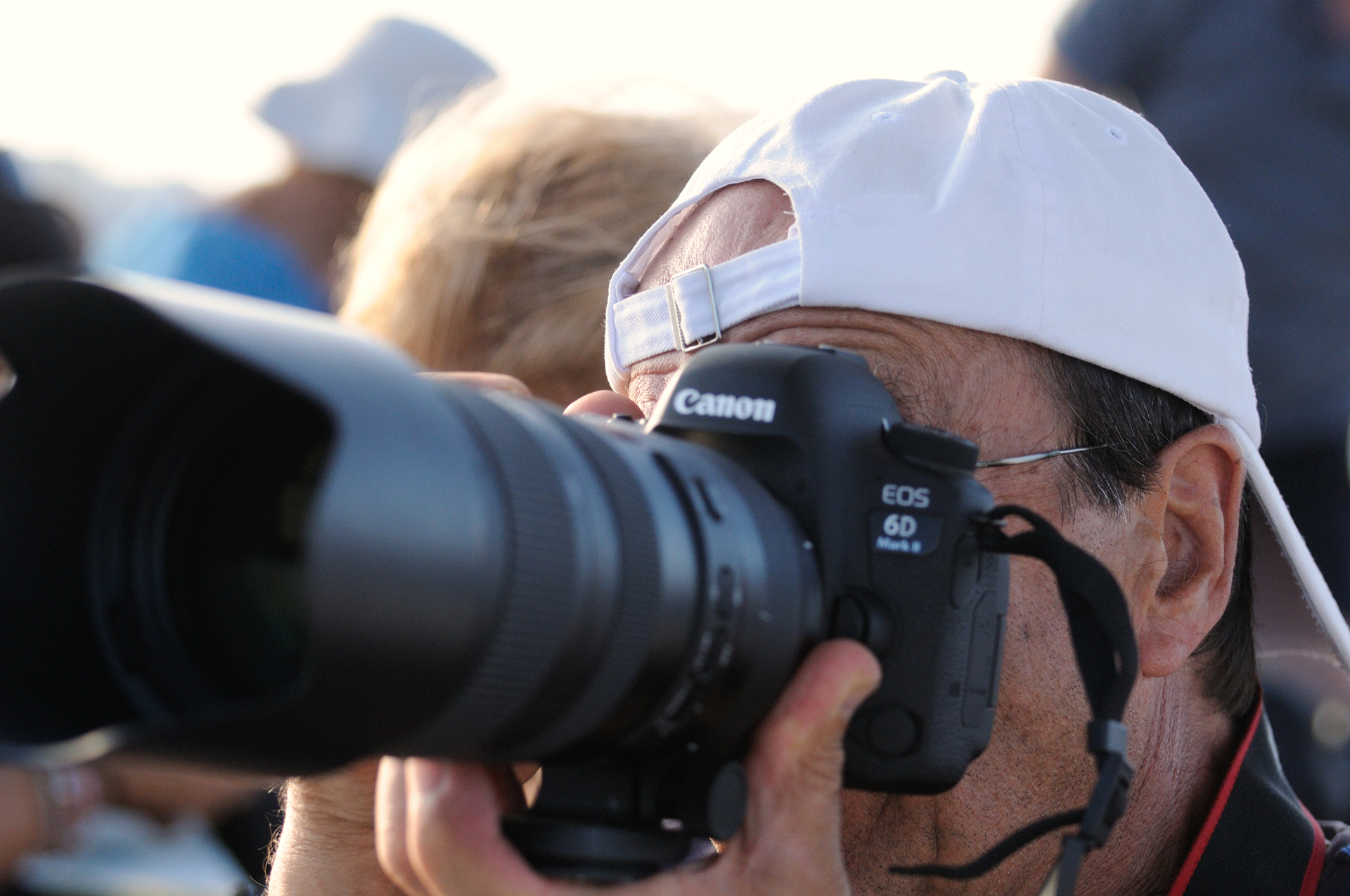
Sunset. Photo by Patrizia Ferrazzi.

DAY 2
Thanks to the extraordinary panorama of the b&b, we meet in the garden for a landscape photo session to portray the island at the first light of dawn.


After having breakfast, starting from the village, we cross the streets that lead to the countryside of the island, accompanied by the nature guide Annarita who shows us the vast range of spontaneous edible plants present here as well as the precious fields of Ventotene Lentils.
Along the way we spot both long-range migratory birds, such as Barn Swallows (Hirundo rustica), Yellow Wagtails (Motacilla flava) and Spotted Flycatchers (Muscicapa striata), and short-range migrants, including Common Chiffchaffs (Phylloscopus collibita), European Robins (Erithacus rubecula) and Common Starlings (Sturnus vulgaris).
Yellow Wagtails. Photo by Andrea Senese.

Spotted Flycatcher. Photo by Andrea Senese.
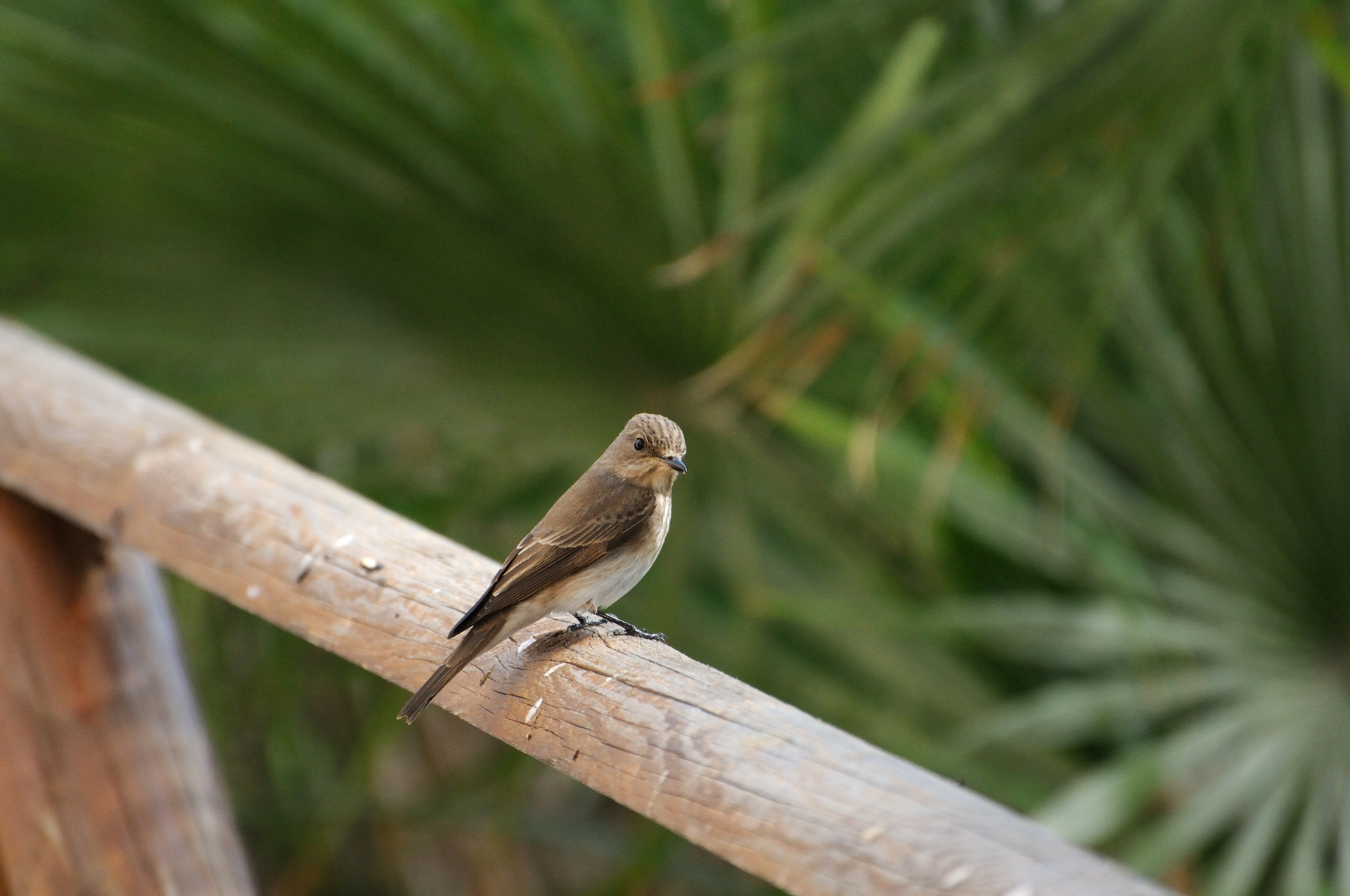
Once we get on the top of via Olivi, an interesting visit to the Bird Migration Museum awaits us. The structure – the first of its kind in Italy and among the first in all of Europe – contains hyper-realistic resin bird models and panels that reproduce the migration phenomenon.
The day continues with free time for most of the participants, while there are those who decide to take advantage of the situation to enjoy a dive excursion in one of the suggestive sea locations of the Marine Protected Area of Ventotene and Santo Stefano Island.
Then, we head to the ISPRA Bird Ringing Station, where Sara awaits us for a live demonstration of the precious scientific study that has interested Ventotene for over 20 years with the “Piccole Isole” project. What better way to end a day dedicated to bird migration?
European Robin. Photo by Marcello Pellegrini.

Garden Warbler. Photo by Marcello Pellegrini.

The expert ornithologist explains the main steps that accompany the birds, from biometric measurements to their release. During the visit, Robins, Blackcaps (Sylvia atricapilla) and a Garden Warbler (Sylvia borin) are banded.
Before dining in one of the typical restaurants of the Roman Port, we enjoy the sunset on the beach of Cala Nave, where waves and volcanic sand offer the last photographic opportunity of the day.
Entrance on Cala Nave. Photo by Patrizia Ferrazzi.
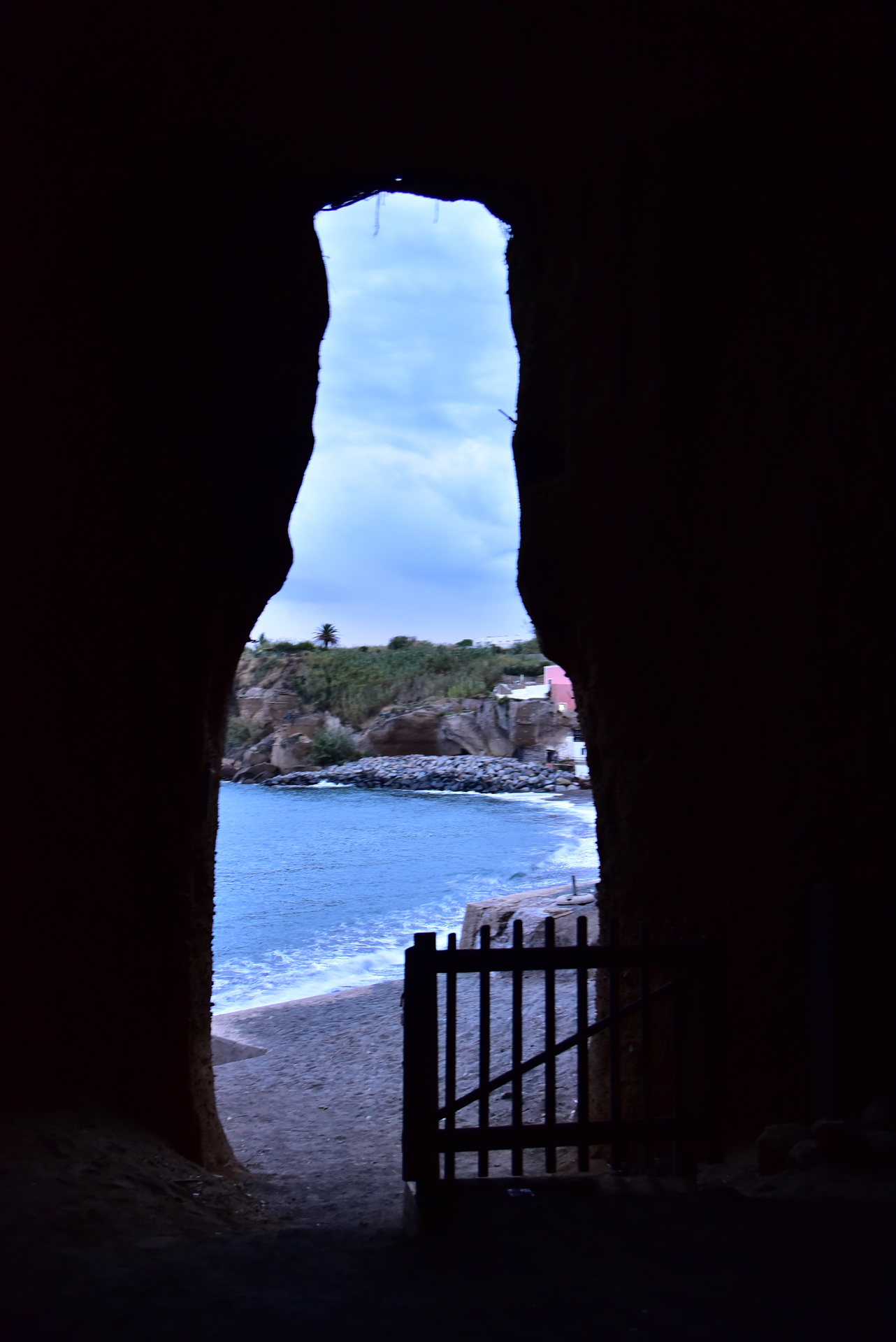
DAY 3
For the last morning we take a real dive into the past: Elena, the archaeological guide, leads us to the discovery of the Imperial Villa of Giulia and the succession of historical events that have touched the territory. Thanks to its location, the site also offers excellent opportunities for birdwatching and for the observation of interesting plant species.
Praying Mantis. Photo by Patrizia Ferrazzi.
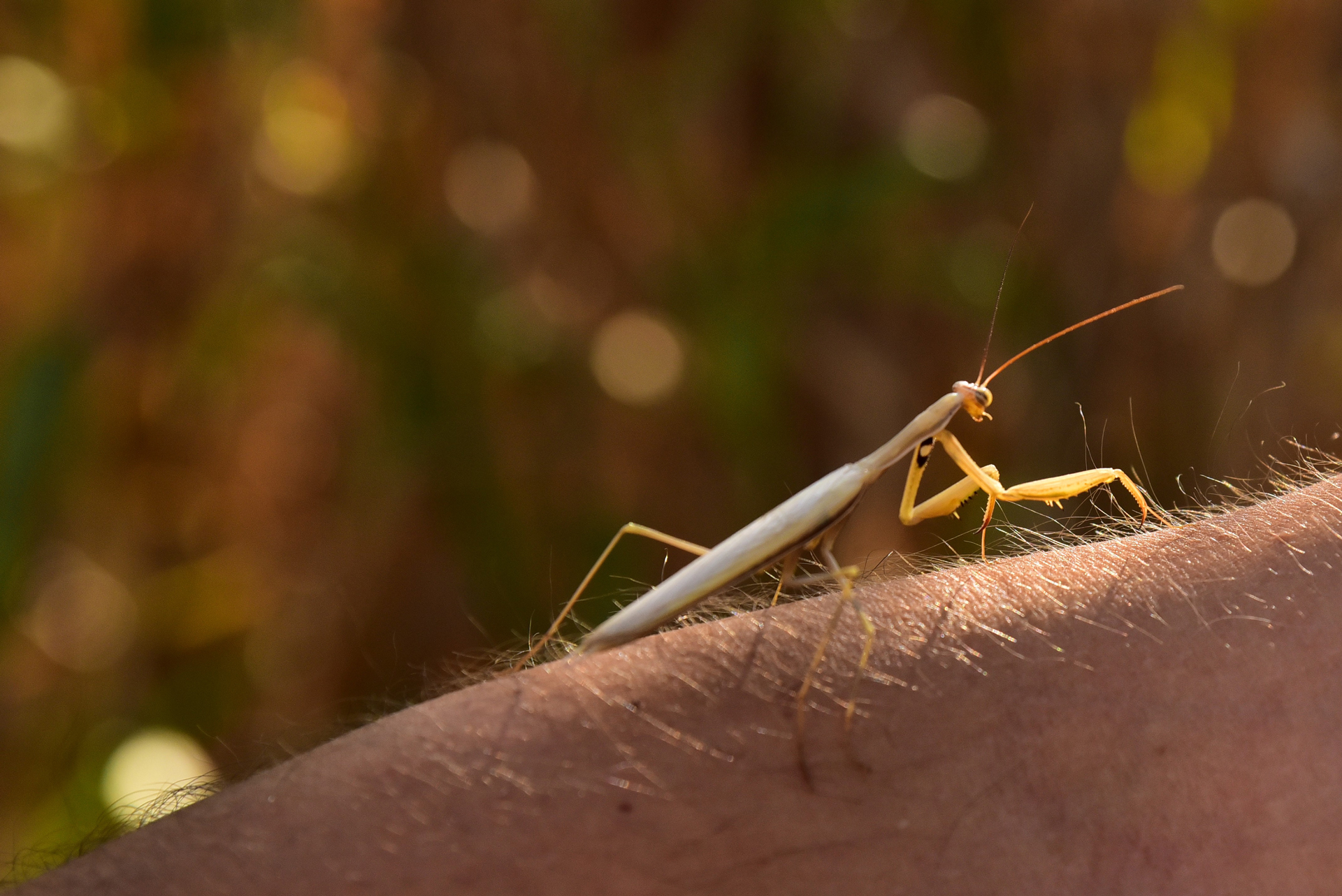
As soon as we arrive near the Villa, a beautiful Eurasian Hobby (Falco subbuteo) flies over our heads. During the visit, along the path we see a showy Yellow Horned Poppy (Glaucium flavum) as well as appreciate the large station of Limonium p. pandatariae, a halophytic plant endemic to the islands of Ventotene and Santo Stefano.
Among the ruins and the vegetation we observe different species of birds, including a Sparrowhawk (Accipiter nisus), a Wood Warbler (Phylloscopus trochilus) and a Common Redstart (Phoenicurus phoenicurus).
Villa Giulia. Photo by Patrizia Ferrazzi.
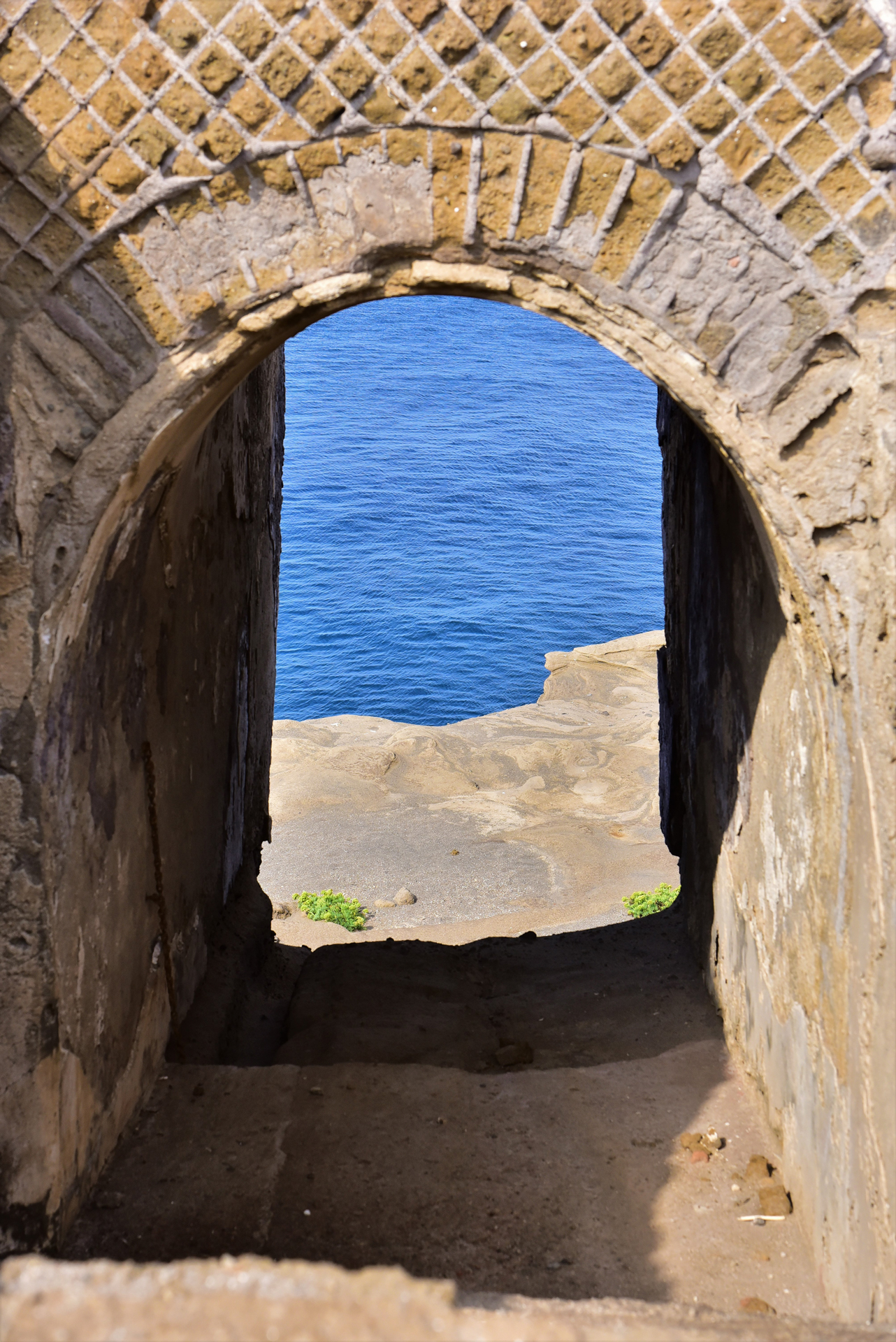
Eurasian Hobby. Photo by Andrea Senese.
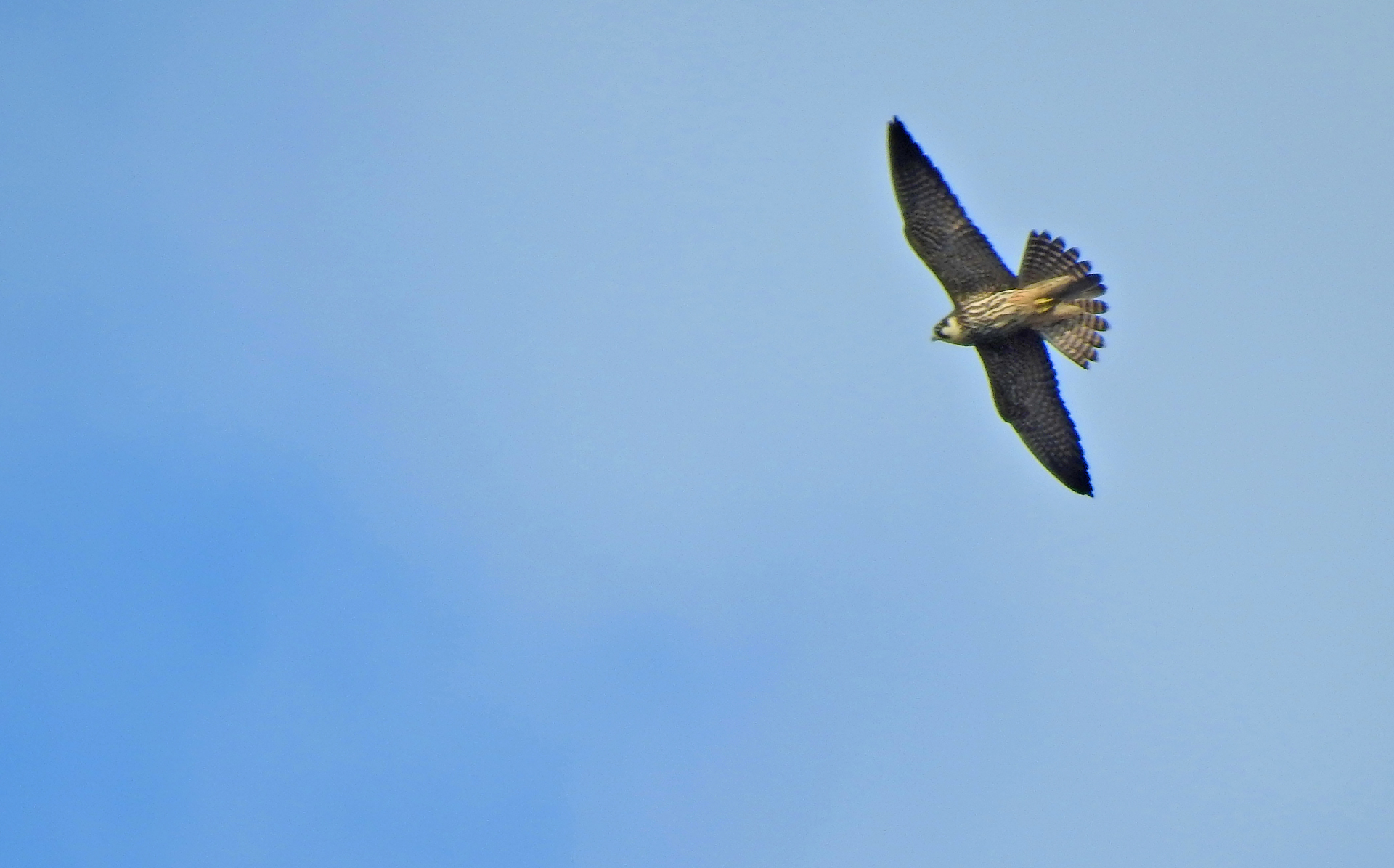
Another weekend on the island is now coming to an end and we are preparing to board the ferry towards Formia. But, as always, the tour does not end at all with the departure from Ventotene!
The stretch of sea between the island and the mainland, in fact, offers good chances for seawatching and, therefore, we position ourselves on the external pier waiting for some interesting sighting. Along the journey we are able to observe several groups of Scopoli’s Shearwater (Calonectris diomedea), pelagic birds that are able to nest only in places without important sources of light pollution, such as the small islands, including Ventotene and Santo Stefano.
Scopoli's Shearwaters. Photo by Andrea Senese.

Arrived near Gaeta, before putting the equipment in our backpacks, there are many Yellow-legged Gulls who let themselves be photographed a few meters away while escorting us to the port entrance. Among these we see some Black-headed Gull (Chroicocephalus ridibundus) and a Mediterranean Gull (Ichthyaetus melanocephalus).
We will return to this fantastic island next spring, to fully enjoy its colors and scents and the many species that choose Ventotene as a stop over site during the spring migration!
Black-headed Gull. Photo by Andrea Senese.
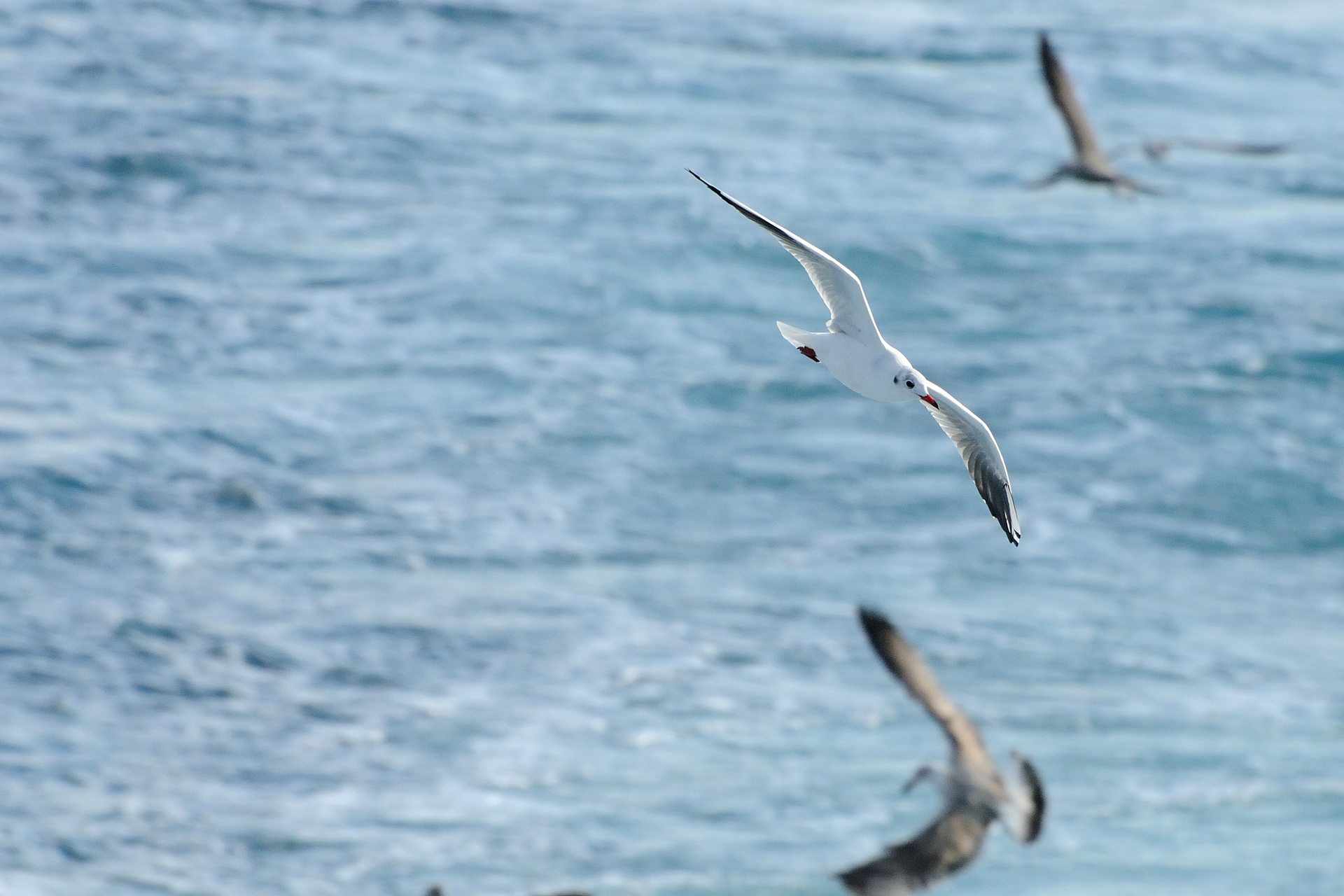
Yellow-legged Gull. Photo by Andrea Senese.

CHECKLIST
- Scopoli’s Shearwater (Calonectris diomedea)
- European Shag (Phalacrocorax aristotelis)
- Cattle Egret (Bubulcus ibis)
- Little Egret (Egretta alba)
- Grey Heron (Ardea cinerea)
- Eurasian Sparrowhawk (Accipiter nisus)
- Common Kestrel (Falco tinnunculus)
- Eurasian Hobby (Falco subbuteo)
- Peregrine Falcon (Falco peregrinus)
- Black-headed Gull (Chroicocephalus ridibundus)
- Mediterranean Gull (Ichthyaetus melanocephalus)
- Yellow-legged Gull (Larus michahellis)
- Feral Pigeon (Columba livia var. domestica)
- Collared Dove (Streptopelia decaocto)
- Barn Swallow (Hirundo rustica)
- White Wagtail (Motacilla alba)
- Yellow Wagtail (Motacilla flava)
- European Robin (Erithacus rubecula)
- Common Blackstart (Phoenicurus phoenicurus)
- Blue Rock Thrush (Monticola solitarius)
- Common Blackbird (Turdus merula)
- Garden Warbler (Sylvia borin)
- Blackcap (Sylvia atricapilla)
- Sardinian Warbler (Sylvia melanocephala)
- Wood Warbler (Phylloscopus trochilus)
- Common Chiffchaff (Phylloscopus collybita)
- Spotted Flycatcher (Muscicapa striata)
- Common Starling (Sturnus vulgaris)
- Italian Sparrow (Passer italiae)
- European Serin (Serinus serinus)
- European Goldfinch (Carduelis carduelis)
